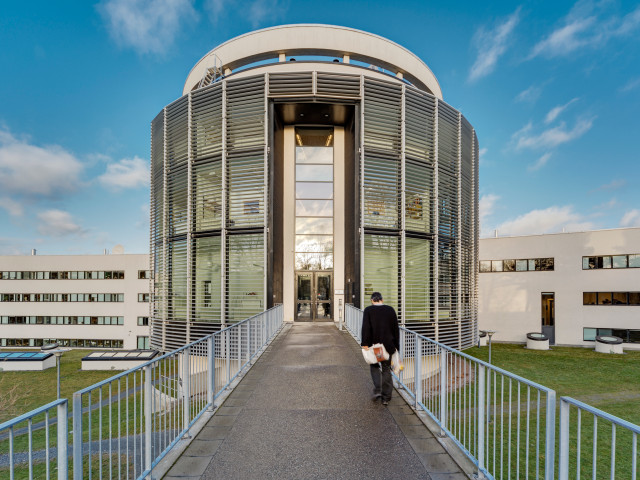The aim of the course is to treat the compound semiconductors from materials point of view amenable for photonic devices. The main contents are:
- Thermodynamics relevant to compound semiconductor crystal growth
- Bulk crystal growth and epitaxial techniques
- Defects in semiconductors
- Semi-insulating compound semiconductors by doping
- Modification of bandstructure by alloying, heterostructures and strain
- Simulation of heterostructures and effect of strain in semiconductor bandstructures
- Quantum Wells, Quantum Wires, Quantum Dots
- Optical and transport properties and methods of characterizing them
- Discrete photonic devices such as LEDs, lasers, solar cells, detectors, modulators and waveguides .
- Integrated photonic devices
- Hybrid and monolithic integration of compound semiconductors on silicon and germanium - present trends
- Introduction to electronic components based on compound semiconductors
- Compound semiconductor processing
